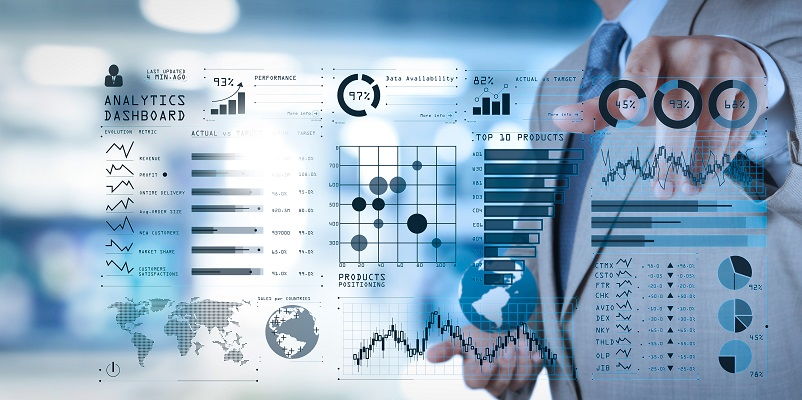Fidelity Digital Assets, the digital asset arm of Fidelity Investments, has recently announced the adoption of EY’s blockchain analytics tool. This collaboration aims to strengthen Fidelity’s internal risk management protocols and ensure a secure and transparent trading environment. EY’s tool, known as EY Blockchain Analyzer: Reconciler, provides organizations with the ability to independently query on-chain data, offering valuable insights for risk assessment.
EY Blockchain Analyzer: Reconciler
EY’s advanced tool, EY Blockchain Analyzer: Reconciler, is made available to organizations through its Software as a Service platform. This web-based interface facilitates the querying of cryptocurrency data-related workflows effortlessly. Developed over six years and involving a multimillion-dollar investment, the tool offers numerous features and capabilities for comprehensive risk management within the cryptocurrency space.
Enhancing Internal Risk Management
Addressing robust internal risk management protocols is vital for any cryptocurrency platform, and EY’s blockchain analytics tool fills this need. By providing the ability to independently query on-chain data, organizations can better identify potential risks and take proactive measures to mitigate them. This tool empowers Fidelity to strengthen its risk management processes, ensuring the safety and security of its digital asset operations.
Fidelity’s Use of the Tool
Fidelity Digital Assets has enthusiastically embraced EY’s blockchain analytic tool to bolster the efficacy of its internal risk management. By leveraging the tool’s features and capabilities, Fidelity will enhance its ability to analyze transaction data, identify transaction mismatches, monitor wallet address balances, and verify digital signatures. These analytical dashboards will enable it to gain deeper insights into its operations, detect irregularities promptly, and maintain a transparent trading environment for its clients.
Features of the Tool
The EY Blockchain Analyzer: Reconciler tool offers a user-friendly interface that simplifies the process of querying cryptocurrency data-related workflows. Fidelity can now access analytical dashboards that provide real-time insights into transaction mismatches, wallet address balances, and digital signatures. These functionalities empower Fidelity’s risk management team to identify and address potential issues promptly, boosting their operational excellence.
EY’s Investment and Supported Blockchains
The development of the EY Blockchain Analyzer: Reconciler involved a significant six-year, multimillion-dollar investment from EY. This commitment reflects the company’s dedication to creating state-of-the-art tools for the cryptocurrency domain. Currently, EY’s tool supports blockchains such as Bitcoin, Bitcoin Cash, Litecoin, Ethereum, Ethereum Classic, and Dogecoin, providing comprehensive coverage for Fidelity’s digital asset operations.
Future Expansion
EY’s commitment to meeting evolving client needs is evident through its plans to expand support for additional chains based on client demand. This flexibility ensures that Fidelity Digital Assets can adapt to the dynamic nature of the cryptocurrency landscape and stay ahead in terms of risk management and operational excellence.
Fidelity Digital Assets’ adoption of EY’s blockchain analytics tool marks a significant step forward in improving internal risk management within the cryptocurrency industry. By leveraging EY’s advanced tool, Fidelity enhances its ability to independently query on-chain data, providing valuable insights to strengthen its risk management protocols. With features like analytical dashboards and real-time monitoring, Fidelity can proactively identify risks, maintain a secure and transparent trading environment, and ensure the utmost safeguarding of its clients’ assets. As EY continues to expand the tool’s capabilities and support, Fidelity and other industry participants can look forward to further strengthening their risk management practices in the fast-evolving cryptocurrency landscape.

